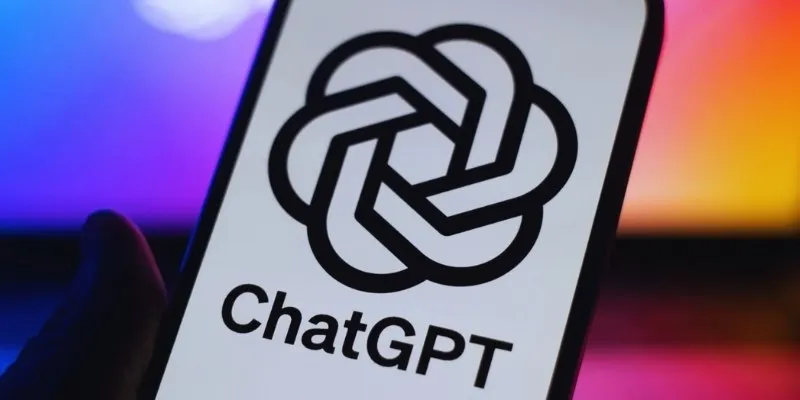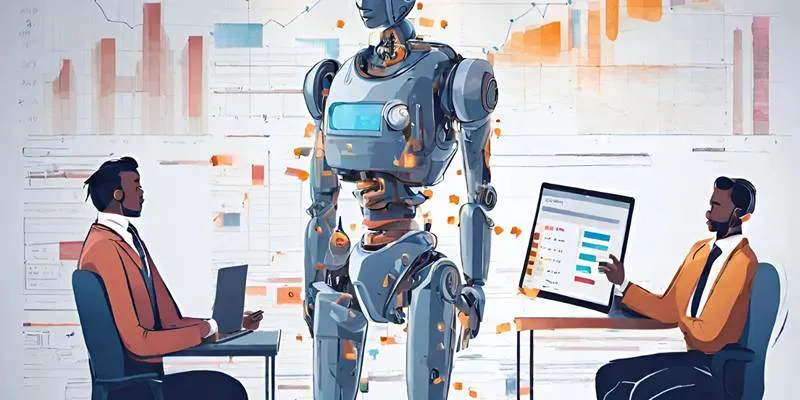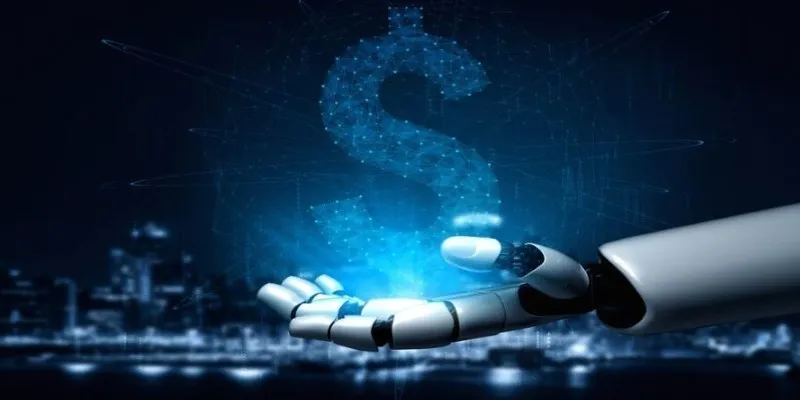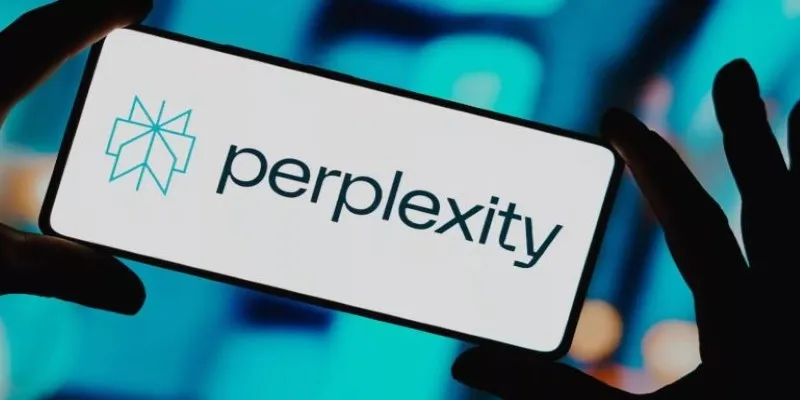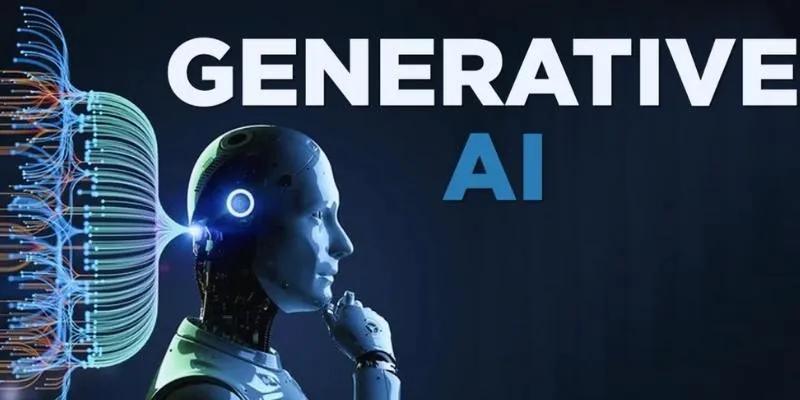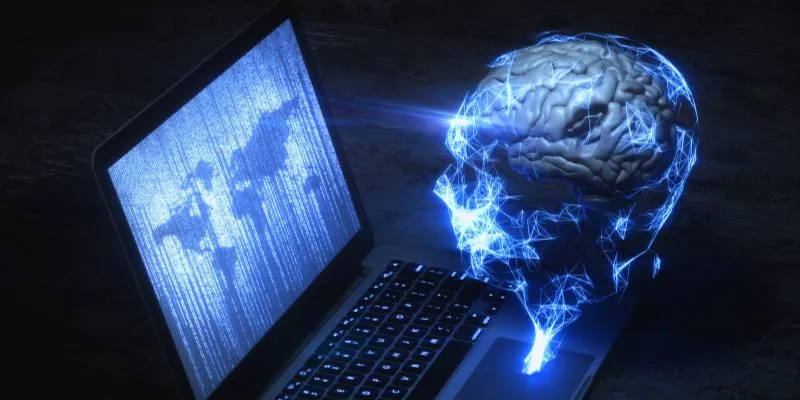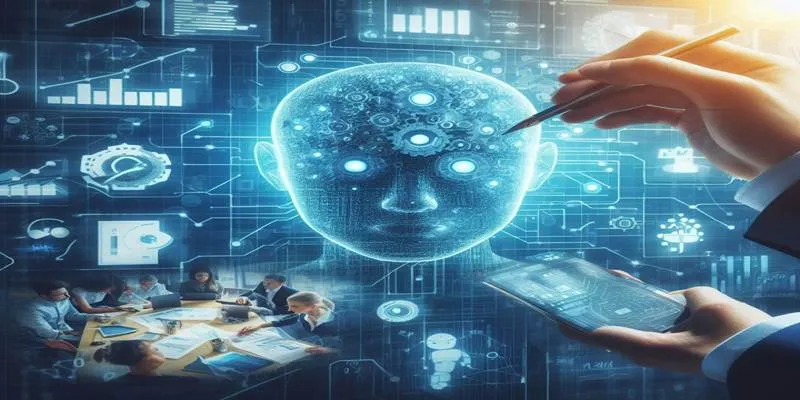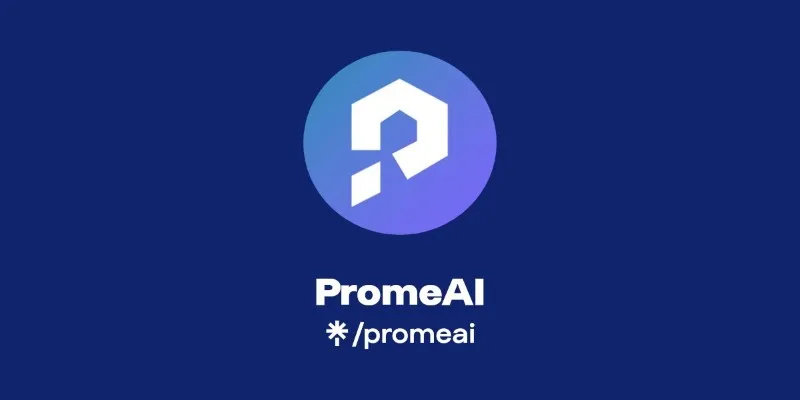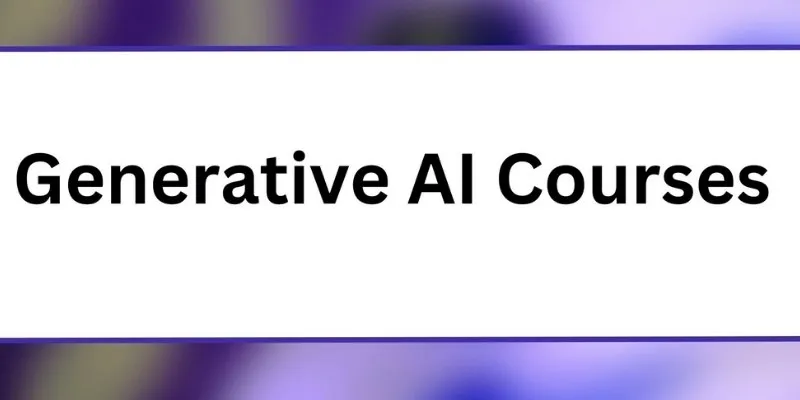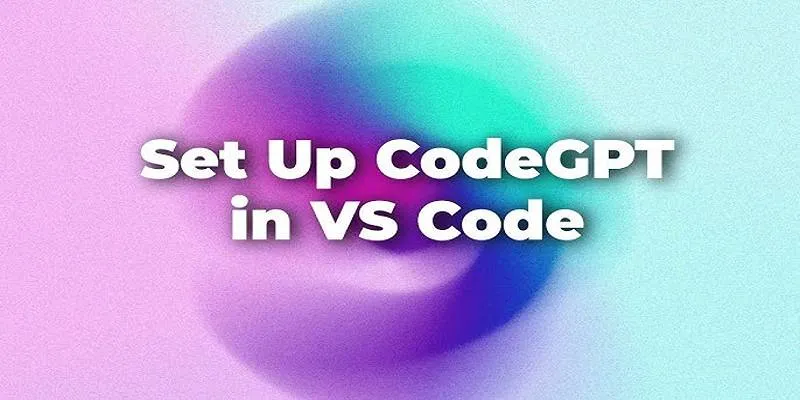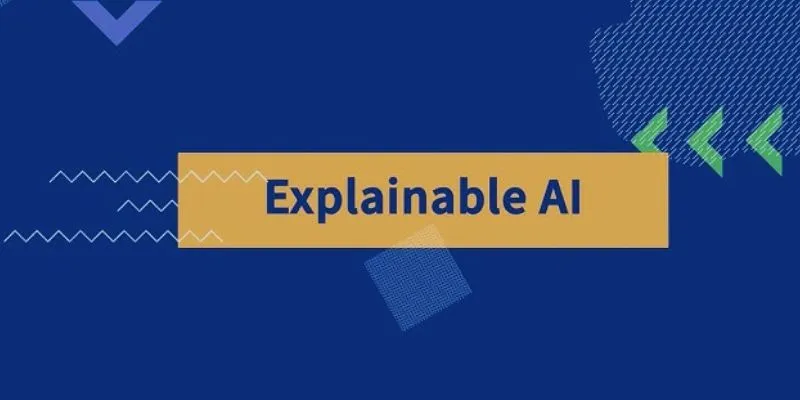Artificial intelligence has seamlessly integrated into our daily lives, from smart assistants to advanced applications. However, AI isn’t a singular concept—it’s driven by two primary approaches: symbolic AI and subsymbolic AI. Symbolic AI focuses on logic, using explicit rules and symbols to represent knowledge, while subsymbolic AI is more data-driven, pattern-based, and intuitive, learning from examples like the human brain.
This divide is both technical and philosophical. Symbolic AI aims to explain thought processes, while subsymbolic AI seeks to replicate them. To understand the future of AI, it’s essential to grasp the differences between these two approaches and their significance.
How Symbolic AI Thinks: The Logic of Thought
Symbolic AI, often referred to as Good Old-Fashioned AI (GOFAI), is rooted in classical logic. This system represents knowledge through symbols and manipulates those symbols with explicit rules. Think of it as a massive spreadsheet of facts and relationships. If X is true, and X implies Y, then Y must be true. That’s how a symbolic system “reasons.”
This method dominated early AI research. Expert systems like MYCIN in medical diagnosis or DENDRAL in chemistry were built by encoding thousands of rules from human experts. These programs didn’t learn; instead, they applied what they were told, running inference engines that used “if-then” chains to conclude.
The strength of symbolic AI lies in transparency. You can trace why a decision was made because the system follows a clear logic path. This is crucial in fields where interpretability matters—like law, medicine, or any high-stakes decision-making.
However, the approach has its limitations. Real-world information is often messy, incomplete, and too complex to model with rigid rules. People violate the rules, make exceptions, and depend on context. Encoding this into fixed logic becomes an impossible task of whack-a-mole. Symbolic AI struggles with ambiguity, nuance, and learning from experience.
How Subsymbolic AI Learns: Patterns Over Rules
Subsymbolic AI turns the logic model on its head. It doesn’t try to write down how to think—it learns it. The most famous form is the neural network, which mimics the brain’s web of neurons. Here, knowledge isn’t stored in symbols or rules but in weights—numbers that change as the system processes more data.
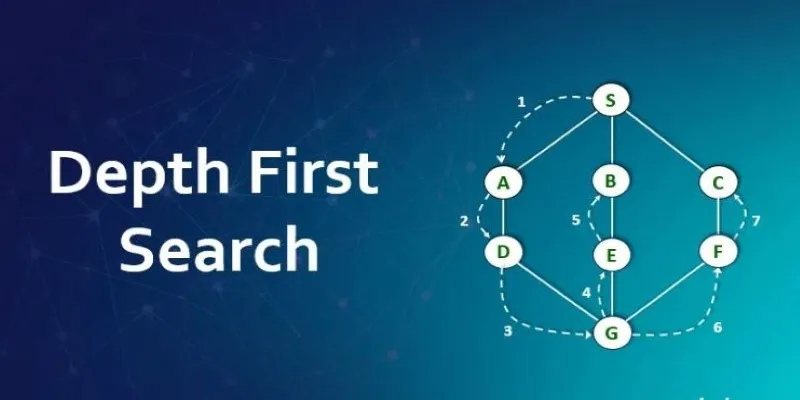
Where symbolic AI seeks clarity, subsymbolic AI thrives in uncertainty. It doesn’t need labeled rules; it learns from patterns. Show it thousands of pictures of cats and dogs, and it starts to differentiate them without needing a single “rule” for whiskers or tails.
This shift gave birth to modern AI as we know it—voice recognition, image classification, chatbots, and recommendation engines all use some form of subsymbolic methods. They can adapt, improve, and scale with data, doing things symbolic systems never could—like translating languages on the fly or recognizing sarcasm in tweets.
But subsymbolic AI has its drawbacks. It’s often a black box. Ask why it made a choice, and there’s usually no clear answer. You might get a graph of confidence levels or a heatmap, but not a logical reason. This lack of transparency is a problem in areas requiring accountability.
Additionally, subsymbolic systems require vast amounts of data and computing power. They can be fragile, misled by edge cases, or biased by flawed training sets. And they don’t “understand” in the way humans or symbolic systems do—they simply detect patterns.
Bridging the Divide: Hybrid AI and the Future
The emerging collaboration between symbolic AI and subsymbolic AI is leading to the development of hybrid AI—a fusion of both approaches. Instead of choosing one over the other, hybrid AI aims to leverage the strengths of each, combining structured knowledge with raw data-driven learning.

A key example of hybrid AI in action is the use of neural networks to process visual data, a task often handled by symbolic AI. For instance, a self-driving car might use a neural network to recognize a stop sign. The output from the network can then be fed into a symbolic reasoning engine, allowing the car to make decisions based on traffic laws—deciding whether to stop or proceed based on the context.
Another example is the neural-symbolic system, which integrates logic directly into the learning process. These systems not only teach AI to recognize objects (like a cat in a photo) but also aim to understand the underlying concepts in a more structured way. Research projects like OpenCog and IBM’s Neuro-Symbolic Concept Learner are trailblazing in this area, combining the explicit knowledge of symbolic reasoning with the intuitive pattern recognition of subsymbolic AI.
This blending of both systems touches the essence of what intelligence is. Symbolic AI excels in clear, explicit knowledge that can be documented and manipulated, while subsymbolic AI focuses on learning from data, capturing implicit knowledge—the “gut feeling” we get from experience. True intelligence, whether artificial or human, seems to rely on both systems working together. Humans use symbols for tasks like solving math problems but also depend on instincts for activities like recognizing faces or catching a ball. For AI to approach human-like thinking, it will need to combine both structured logic and intuitive learning, as hybrid AI aims to do.
Conclusion
Symbolic AI and subsymbolic AI represent two fundamental approaches to artificial intelligence, each with its strengths and limitations. Symbolic AI relies on logic, structure, and clear rules to represent and reason about knowledge, making it ideal for tasks requiring transparency and accountability. In contrast, subsymbolic AI learns from data patterns, excelling in tasks like image recognition and natural language processing, though it struggles with interpretability. The future of AI lies in blending both approaches, creating systems that combine the logical rigor of symbolic AI with the adaptive power of subsymbolic AI, ultimately advancing the capabilities of intelligent machines.
 zfn9
zfn9



